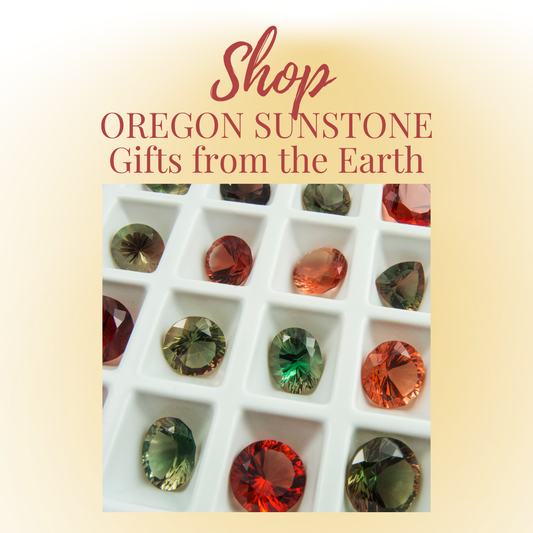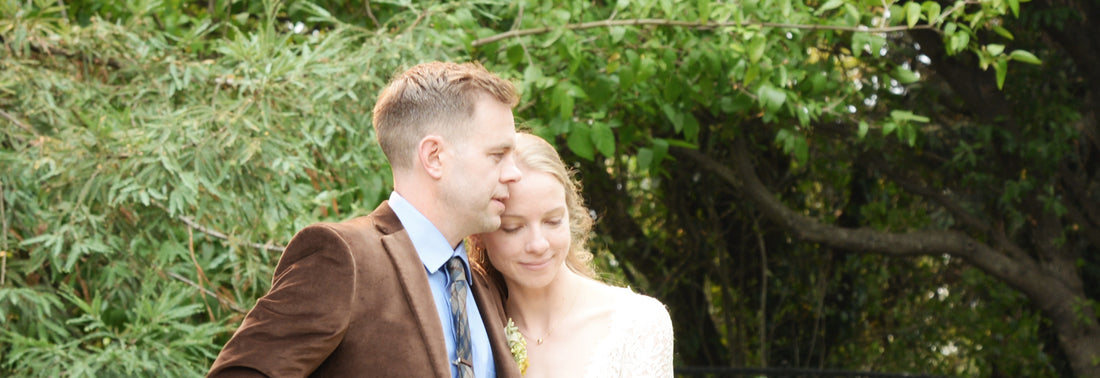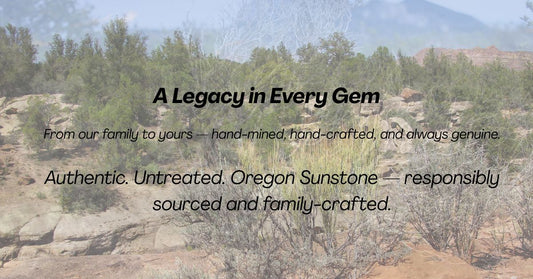Wedding jewelry trends and styles

Weddings are a timeless celebration of love and commitment, and one of the most cherished elements of this special occasion is the jewelry that adorns the bride and groom. Wedding jewelry trends and styles have evolved over the years, reflecting the changing tastes and preferences of couples.
Exploring the various wedding jewelry trends and styles that have captivated hearts and adorned hands through the years, is at the cornerstone of any wedding jeweler’s research and stylistic evolution. From vintage-inspired classics to modern and minimalist designs, we will delve into the intricate details of each era, providing you with a wealth of knowledge to make informed decisions for your own wedding jewelry.
Victorian Elegance: The Romantic Era

- During the Victorian era, which spanned from 1837 to 1901, romanticism and sentimentality were at the forefront of jewelry design. Ornate and intricate pieces were crafted, often incorporating symbolic motifs such as flowers, hearts, and bows. The popularity of yellow gold, rose-cut diamonds, and colored gemstones, such as sapphires and rubies, defined this era’s wedding jewelry style. Exquisite tiaras, chokers, and brooches adorned the bride, exuding an air of elegance and femininity.
Art Deco Glamour: The Roaring Twenties
- In the 1920s, the Art Deco movement swept through the world of fashion and design, leaving its glamorous mark on wedding jewelry as well. Geometric shapes, bold lines, and symmetrical patterns characterized this era’s style. Platinum became the metal of choice, complementing the dazzling diamonds and vibrant gemstones that adorned the bride. Statement-making accessories, such as long earrings, layered necklaces, and intricate cocktail rings, embodied the spirit of the Jazz Age.
Timeless Sophistication: The Mid-Century Modern
- The mid-century modern period, spanning from the 1940s to the 1960s, brought about a sense of refined elegance and simplicity. Clean lines, sleek designs, and understated beauty defined the wedding jewelry of this era. Platinum and white gold reigned supreme, and diamonds took center stage as the ultimate symbol of love and commitment. Solitaire engagement rings and delicate pearl necklaces were popular choices, emphasizing timeless sophistication and grace.
Bohemian Chic: The Free-Spirited Seventies
- As the 1970s rolled around, a more relaxed and free-spirited approach to weddings emerged. Bohemian-inspired jewelry became all the rage, reflecting the counter cultural movement of the time. Natural materials, such as wood, feathers, and shells, were incorporated into unique and eclectic designs. Earthy tones and organic shapes dominated, with brides opting for unconventional pieces like statement cuffs, layered necklaces, and bold gemstone rings such as this ring from The Sunstone Store, celebrating individuality and self-expression.
Modern Minimalism: The Contemporary Era
- In recent years, a shift towards modern minimalism has taken hold of the wedding jewelry scene. Clean lines, sleek silhouettes, and understated elegance define this contemporary style. White metals like platinum and white gold continue to be popular, while rose and yellow gold has made a comeback, adding a touch of warmth and romance. Brides are embracing delicate and dainty pieces, such as stackable rings, pendant necklaces, and ear climbers, allowing their natural beauty to shine through.
The Historical Significance of Wedding Jewelry
Throughout history, jewelry has played a significant role in wedding traditions and has been an integral part of bridal attire across various cultures. The reasons behind the popularity of wedding jewelry are deeply rooted in symbolism, tradition, and the desire to enhance the beauty of the bride.
In ancient civilizations, the role of jewelry in wedding traditions was believed to possess magical and protective powers. Adorning the bride with precious metals and gemstones was thought to ward off evil spirits and bring good fortune to the union. The act of exchanging rings also became a symbolic gesture representing eternal love and commitment.
As societies evolved, so did the significance of wedding jewelry. During the Renaissance period, jewelry became a status symbol, reflecting the wealth and social standing of the families involved in the marriage. Elaborate pieces adorned with diamonds, pearls, and intricate designs showcased the opulence and grandeur of the wedding celebrations.
In more recent times, the popularity of wedding jewelry has extended beyond societal status, emphasizing personal style and individuality. Brides now have a wide range of options to choose from, allowing them to express their unique tastes and preferences through their jewelry choices. From traditional diamond engagement rings to unconventional gemstone alternatives, the possibilities are endless.
Today, wedding jewelry serves as a cherished keepsake, a tangible reminder of the love shared on that special day. It is an opportunity for couples to select pieces that not only enhance their wedding attire but also hold sentimental value for years to come. Whether it’s a family heirloom passed down through generations or a custom-designed piece crafted with love, wedding jewelry continues to be a cherished tradition.

As you embark on your own journey to find the perfect wedding jewelry, remember to consider your personal style, the symbolism behind the pieces, and the emotional connection they evoke. Whether you choose to embrace the elegance of a bygone era or opt for a modern and minimalist approach, let your wedding jewelry tell a story that is uniquely yours.





